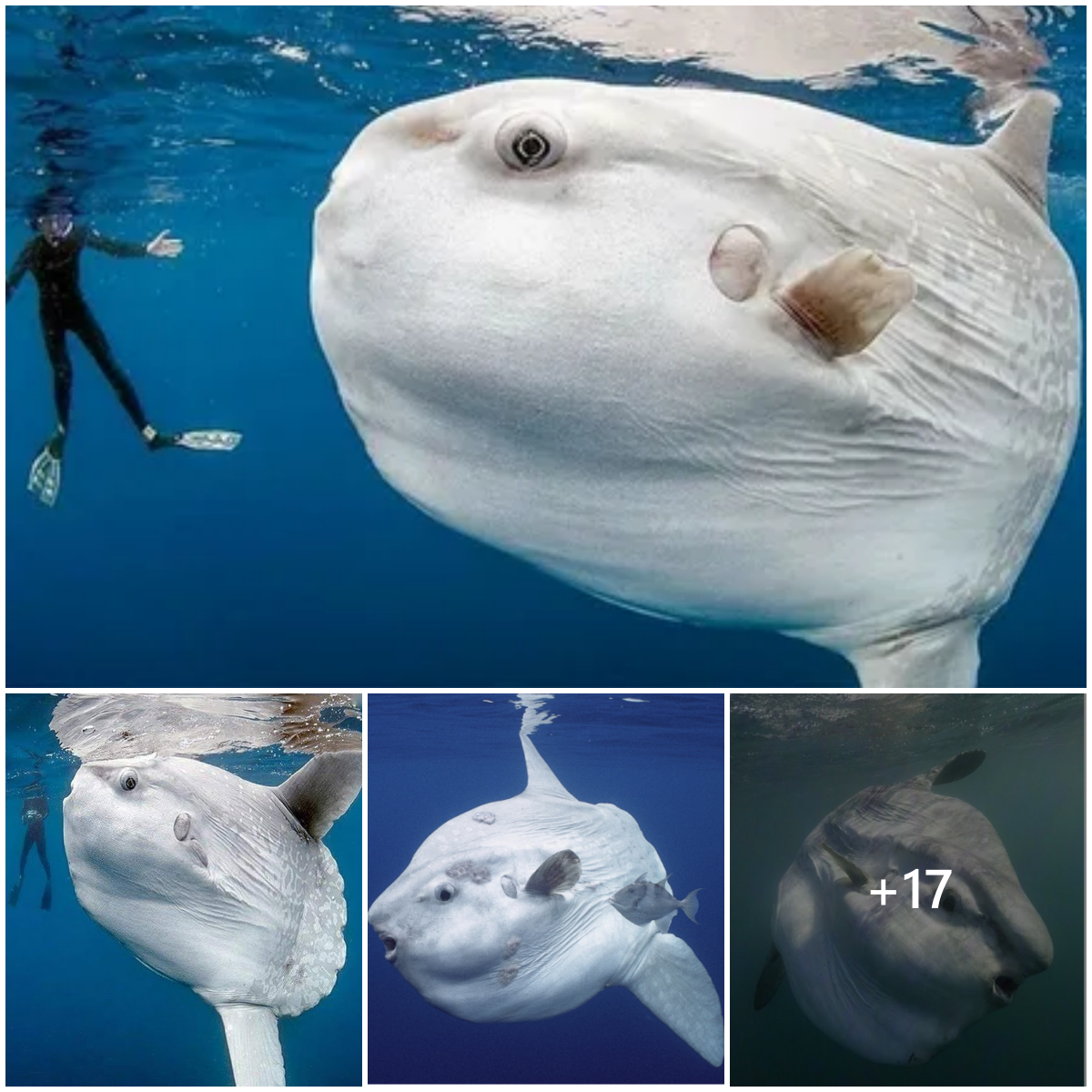Polar bears (Ursus maritimus) stand as iconic symbols of the Arctic, perfectly adapted to the extreme conditions of the North Pole. Among the myriad challenges they face in their icy habitat, one fundamental aspect of their survival revolves around a specific dietary preference – seals. The relationship between polar bears and seals is not just a matter of taste but a critical component in the complex web of Arctic ecology.
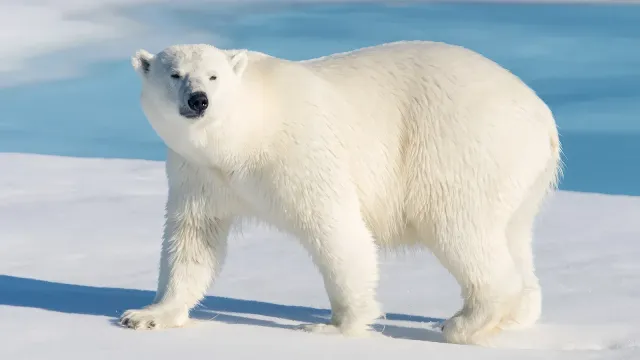
Polar Bears: Masters of the Arctic:
Polar bears are the largest land carnivores, uniquely evolved for a life in the harsh Arctic environment. Their adaptation includes a thick layer of insulating blubber, a keen sense of smell, and large, powerful limbs designed for traversing the ice-covered landscapes. Despite their imposing physicality, polar bears are highly dependent on a single food source: seals, particularly ringed and bearded seals.
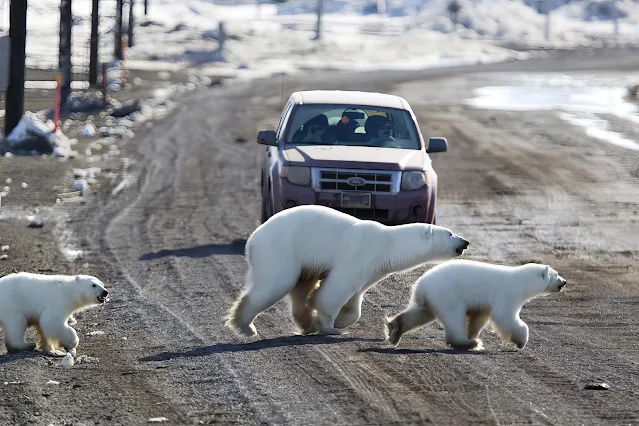
Seals: The Key to Polar Bear Survival:
Seals, which are marine mammals, spend a significant portion of their lives in and around the sea ice of the Arctic Ocean. Polar bears are expert hunters, and their primary method of hunting involves waiting for seals to surface through breathing holes in the ice. The bears’ acute sense of smell aids them in detecting these openings from great distances. When a seal is located, polar bears use their powerful limbs to break through the ice and snatch their prey.
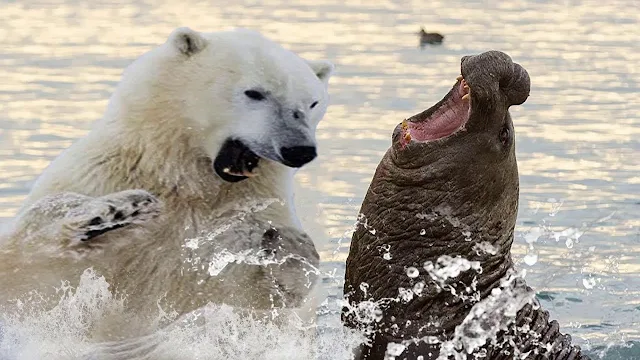
The Energetic Equation:
The relationship between polar bears and seals is not merely a matter of convenience but a matter of survival, dictated by the harsh realities of the Arctic climate. Polar bears expend considerable energy in their constant quest for food, and seals provide a high-energy diet crucial for sustaining the bears in the harsh polar environment. The rich fat content in seal blubber serves as an essential energy source, enabling polar bears to endure the extreme cold and maintain their bodily functions.
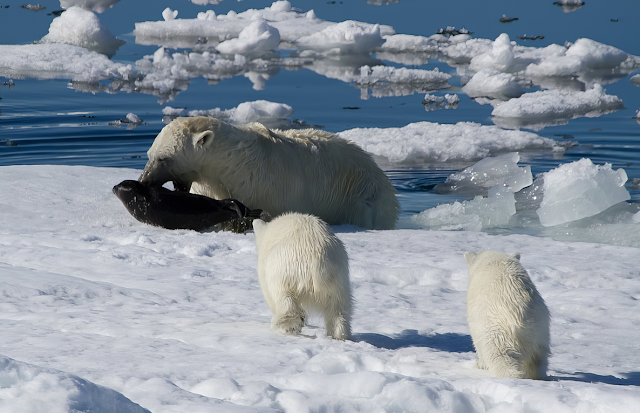
Climate Change and Its Impact:
However, the delicate balance between polar bears and seals is under threat due to climate change. The Arctic is warming at a rate twice as fast as the global average, leading to a reduction in sea ice. This reduction not only makes hunting for seals more challenging for polar bears but also forces them to travel greater distances, expending more energy in the process. As the ice melts and the hunting season shortens, polar bears face the risk of malnutrition and a decline in their population.
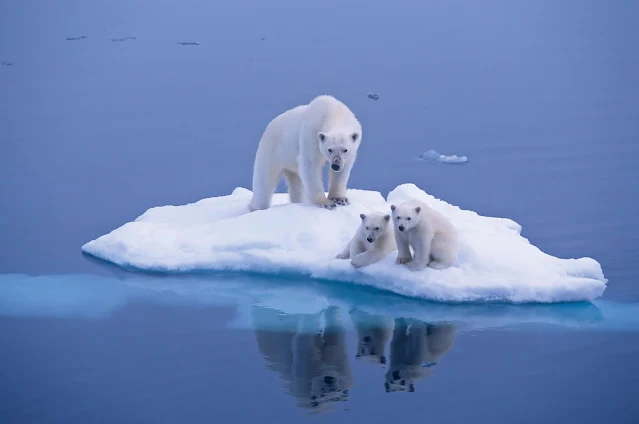
Conservation Efforts:
Recognizing the intricate interdependence of polar bears and seals, conservation efforts are underway to mitigate the impact of climate change on Arctic ecosystems. Initiatives include monitoring polar bear populations, advocating for the reduction of greenhouse gas emissions, and creating protected areas to preserve vital habitats for both species.
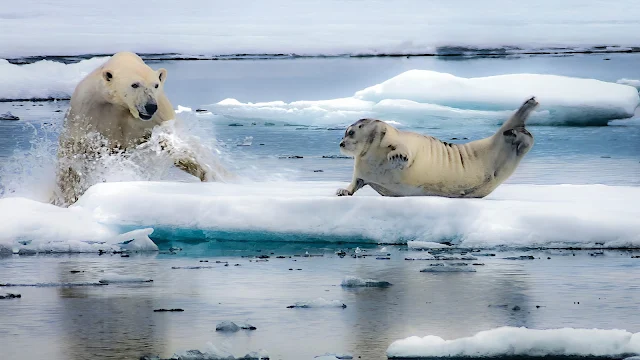
Conclusion:
In the unforgiving landscape of the Arctic, the survival of polar bears hinges on their ability to secure a steady supply of seals. The delicate dance between predator and prey is a testament to the intricate balance of nature, a balance now threatened by the specter of climate change. Preserving the Arctic ecosystem, with its polar bears and seals at the forefront, is not just an environmental imperative but a commitment to safeguarding the unique biodiversity of our planet’s polar regions.





